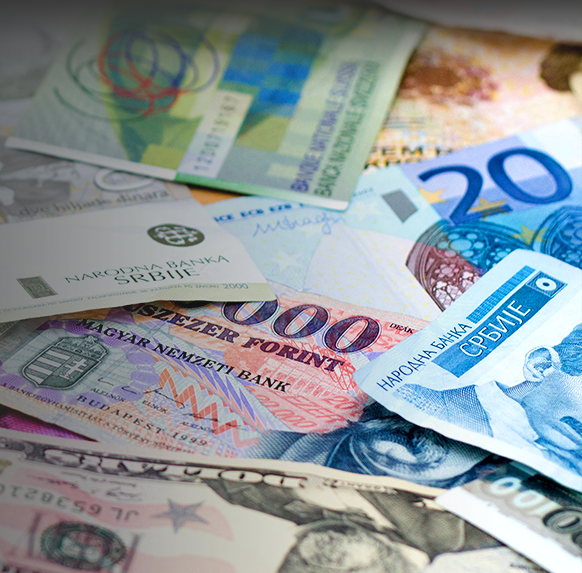What’s the deal with the FED?
July 23, 2019Author: Jay Laskar
In recent months, much has been made of the friction between the current White House Administration, and the 16th, and current Chair of the The Federal Reserve Bank, Jerome Powell.
Of the many economic indicators and potential movers within the world of foreign exchange, it could be argued that none are quite so potent, nor carry the potential market response, as the economic commentary and monetary policy shifts from the folks at “the FED.” Without getting too deeply into a lecture (the internet houses all the nitty gritty details, if ya’ really want to know), the FED actually divides the USA into 12 Federal Reserve Districts, and has established banks in Boston, New York, Philadelphia, Cleveland, Richmond, Atlanta, Chicago, St. Louis, Minneapolis, Kansas City, Dallas, and San Francisco. But what do they DO??
Broadly, the Federal Reserve has 3 economic goals, as instructed by Congress: promote maximum employment, stable prices, and moderate long-term interest rates.
More specifically, the FED serves 5 key functions:
- Conducting Monetary Policy– to promote maximum employment, stable prices, and moderate long-term interest rates in the U.S. economy
- Supervising and Regulating Financial Institutions and Activities– to promote the safety and soundness of individual financial institutions and monitor their impact on the financial system as a whole
- Promoting Financial System Stability– to monitor financial system risks and engage at home and abroad to help ensure the system supports a healthy economy for U.S. households, communities, and businesses
- Fostering Payment and Settlement System Safety and Efficiency– to promote a safe, efficient, and accessible system for U.S. dollar transactions
- Promoting Consumer Protection and Community Development– to advance supervision, community reinvestment, and research to increase understanding of the impacts of financial services policies and practices on consumers and communities
Okay, okay….enough with the textbook stuff…. The point is that the FED’s decisions are pivotal within the world of foreign exchange, and international payments. Importing machinery from Austria, Germany, or Japan? How about foodies with a craving for Japanese delicacies, British fancies, or Italian sweets? In clothing and textiles? Raw materials? Video production? All can be tied to the FED, with a little bit of “7 Degrees of Kevin Bacon (the boring and dry version).”
In fact, any business with exposure to foreign markets has the potential to be affected by changes made by the FED, so it’s important to understand what they have been tasked to do, and why their comments are so impactful.
The FOMC (Federal Open Market Committee), which meets 8 scheduled times per year to discuss FED monetary policy (with additional meetings as necessary), has its next meeting July 30-31. Expectations are for an interest rate cut, though it’s uncertain whether it will be a .25% or .50% change.
Upcoming Dates
July 30-31 FOMC Meeting
Two-day meeting
Press Conference
Aug. 21 FOMC Minutes
Meeting of July 30-31
Sept. 17-18 FOMC Meeting
Two-day meeting
Press Conference
Oct. 9 FOMC Minutes
Meeting of Sept. 17-18
Recent FOMC statements:
July: https://www.federalreserve.gov/monetarypolicy/fomcminutes20190619.htm
June: https://www.federalreserve.gov/newsevents/pressreleases/monetary20190619a.htm
Paymentearth is dedicated to providing comprehensive international payment services and support to all of our customers and partners around the world, in a professional and timely manner.



